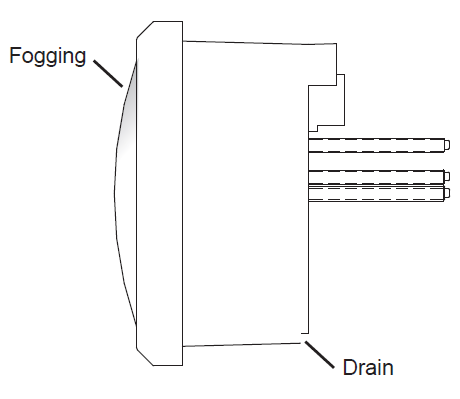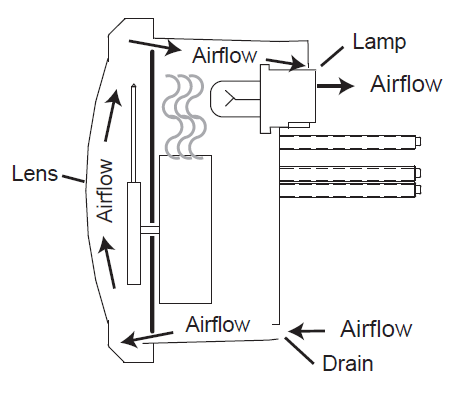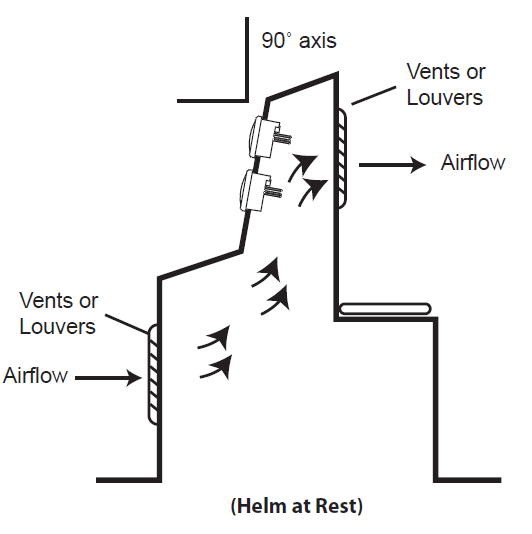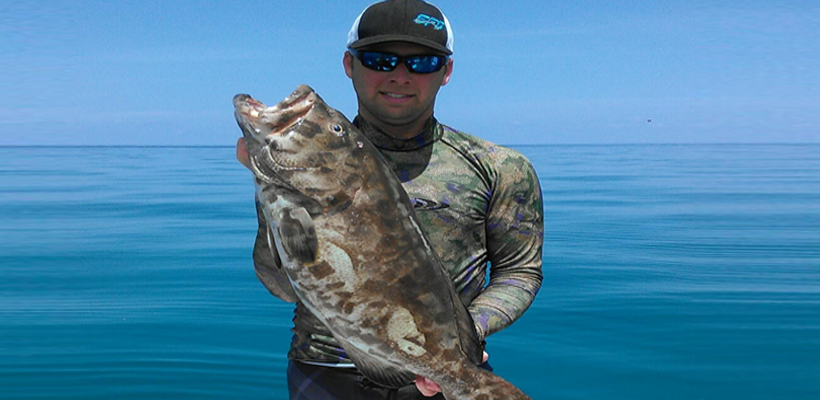In order to file a warranty claim for a defective SeaStar hydraulic product go to the following link:
http://www.seastarsolutions.com/support-2/warranty-2/
Author: admin
Sea Born FX25 Review with Owner Cody Watt
Cody Watt has always loved being on the water. Since he could walk he’s been fishing and boating in the Inverness, Florida area. Now a resident of Ocala, he’s the proud owner of a Sea Born FX25 Bay named, “Supremasea”.
Can I purchase a Sundance, Sea Born, or Spyder boat directly from the factory?
No. All boat sales are conducted through our network of dealers. Should you need assistance locating a dealer or a specific boat model, please call 912-449-0033.
Where can I find fuses for SV, F, & DX hulls?
The Sundance harness has a 20 amp and 3 amp ATC fuse located near the battery terminal. The Sundance instrument panel has a reset for it’s circuit breakers in the form of little buttons underneath each switch. Regarding jack plates and power poles have their own fuses located on their respective harness close to the battery terminal or battery switch if installed. Owners should also find 1 to 2 fuses under the engine cowling.
What can I do about fogging gauges?
Solution
 Instrument Fogging with Standard Glass Lens
Instrument Fogging with Standard Glass Lens
Most marine instruments have small vents in their cases to allow a way out for moisture that finds its way in. It is possible for moist air to be drawn into the vents when the air inside the gauge cools down after the instrument is turned off. The morning sun can draw this moisture up against the lens, causing fogging – a fine grey colored mist on the inside of the lens. Fogging is not abnormal, nor will it harm your instrument, which is built to withstand the harsh marine environment.
Conditions Which Can Lead to Fogging
Several environmental conditions can contribute to fogging; humidity, temperature changes, air flow and installation. Just like the mirror in the bathroom, when the temperature and the humidity from the shower or bath increases the mirror begins to fog. Like the mirror, the instrument will also start to fog as these conditions change. Although you cannot change the environment there is something that can be done to reduce fogging.
What You Can Do to Help Stop Fogging?
Turning on the instrument with the instrument light “on” will speed up moisture removal. The heat from the light and the electronics increases the temperature inside of the instrument. As the temperature increases the air is circulated around. The increased airflow should clear the lens of any fogging. This process is similar to what happens when you turn on the defroster in your car. The warm air blows across the glass reducing the fogging on your windshield.
 Change the Environment
Change the Environment
Increasing the flow of air to the rear of the instrument can help reduce fogging. If the instrument is mounted in the helm where air cannot flow freely the chance of the moisture being trapped and being drawn up into the instrument when cooled off is greatly increased.
The best way to prevent moisture build up is to create ventilation in the dash so that air can flow freely throughout. Installing a ventilation system with Louvers or vents increases the airflow and will help prevent fogging in the instruments by reducing the moisture in the environment.
If possible choose a location to mount the instrument where the instrument is facing out at close to a 90˚ axis from the deck. With the instrument in the straight up position the moisture is gathered at the top of the instrument and will help to reduce the fogging on the lens.
 Instruments with Fog Resistant Lenses
Instruments with Fog Resistant Lenses
These instruments are manufactured with a poly carbonate or glass lens which utilize an anti-fog coating. This coating helps reduce fogging by adding a water repelling film on the inside of the lens.
Even with the fog resistant coating, exposing the instrument to excessive humidity can cause moisture to condense on the lens (condensation). When washing your boat or storing your boat for long terms, consider venting the helm by opening access ways to allow air to flow more freely.
How do I know the length of my steering cables?
Virtually all steering cable manufacturers represent the length of their cabling within the last two digits of their model number which is printed along the entire cable. In the event the printing on your cabling is faded, simply locate a section of the cabling underneath the decking and locate the last two numbers printed on the cable.
Flats Boats Owners Give Spyder High Praises
Fishing guide Captain Jeff Johnson of First Cast Outfitters and Information and Technology Director Carlos Garcia don’t know each other. In fact, the two live about two thousand miles apart but they do share a few common traits. One, they both love to fish. Second, they both love their Spyder flats boats.
Can I install an Evinrude E-Tec 40HP on a K16CC?
Yes. Depending on the current power, you’ll change out the engine harness and key switch. Next, using adapters you can switch out the control box cables to Evinrude.
What is the difference between a K16CC and K16BD?
The K16BD is designed for a more budget minded buyer versus the K16CC. The primary differences are:
1. The K16BD uses portable fuel tank – fairly substantial savings over the new EPA permanent fuel tanks.
2. The K16CC has a short rear deck and a cooler seat behind console. BD has a long rear deck with a cushion to sit on.
3. The K16BD has smaller switch panel and no bilge pump.
Where can I find warranty information for Lectro Tab trim tab systems?
The following attachments contain information on Lectro Tab warranties.


